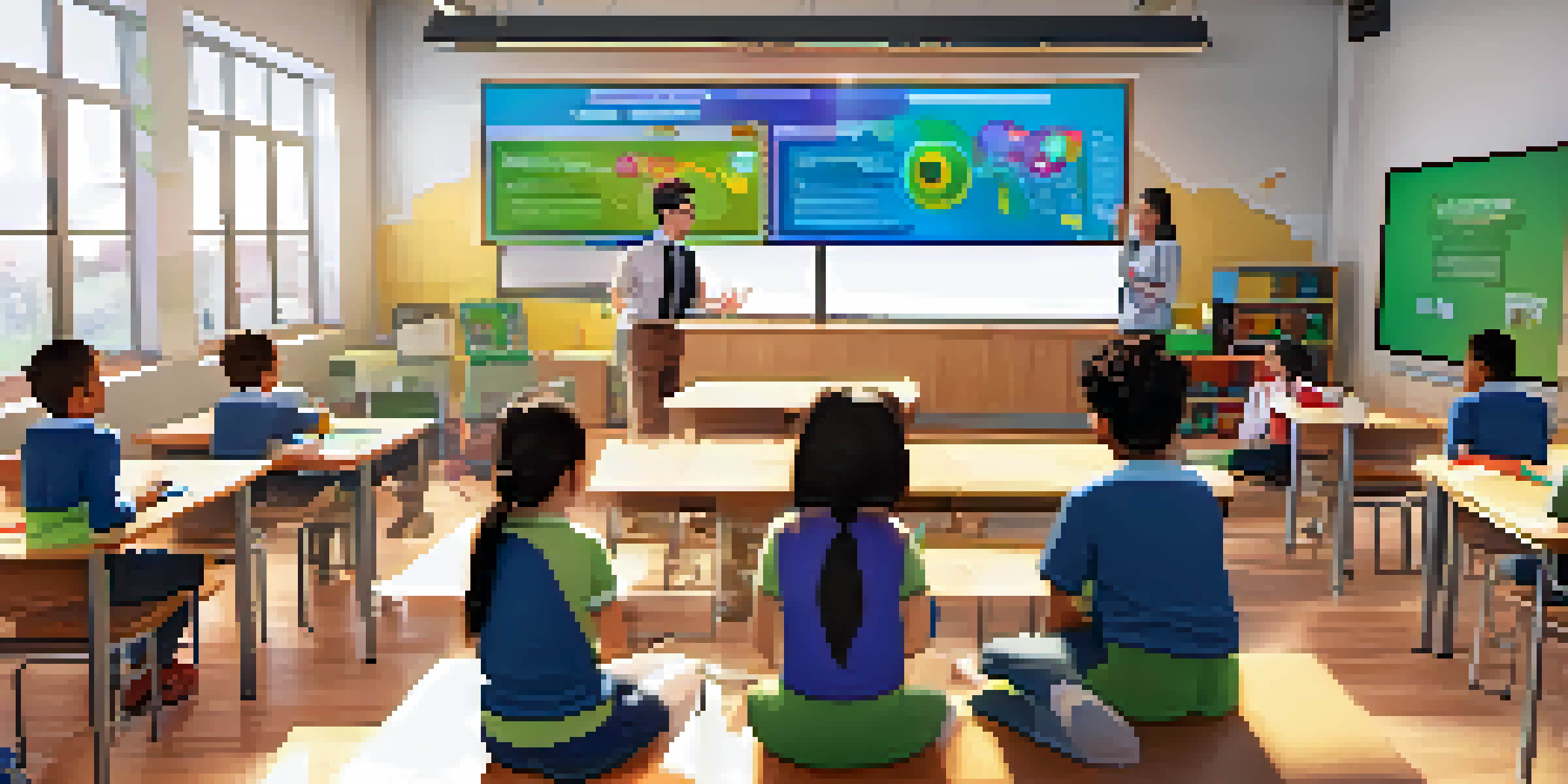The Benefits of Simulations in Gamified Learning Environments

Understanding Simulations in Gamified Learning
Simulations are interactive, immersive experiences that mimic real-world scenarios, enhancing learning through engagement. In gamified learning environments, they serve as powerful tools that make the educational process more dynamic and enjoyable. By combining game elements with simulations, learners can tackle challenges in a risk-free setting, allowing them to experiment and learn from mistakes.
Enhanced Engagement Through Realistic Scenarios
One of the main benefits of simulations in gamified learning is increased engagement. When learners are placed in realistic scenarios, they are more likely to feel invested in their outcomes. This heightened interest not only makes learning more enjoyable but also helps to improve retention rates, as students are more likely to remember concepts they actively engaged with.
Engagement Through Realistic Scenarios
Simulations boost learner engagement by immersing them in realistic scenarios that enhance retention and enjoyment.
Safe Learning Environment for Experimentation
Simulations provide a safe space for learners to experiment without the fear of real-world consequences. For instance, medical students can practice surgeries in a simulated environment before working with actual patients. This hands-on approach allows learners to build confidence and skills progressively, preparing them for real-life situations.
Immediate Feedback to Enhance Learning
Another significant advantage of simulations is the immediate feedback they offer. In a gamified setting, learners can quickly see the results of their decisions and actions, allowing for instant reflection and learning. This immediate feedback loop helps students identify their strengths and weaknesses, encouraging continuous improvement in their skills.
Safe Space for Learning and Experimentation
Simulations provide a risk-free environment for learners to practice skills and build confidence before facing real-world challenges.
Collaboration and Teamwork in Learning
Simulations often encourage collaboration among learners, fostering teamwork and communication skills. In many gamified scenarios, participants must work together to solve problems or achieve objectives, mirroring real-world dynamics. This collaborative aspect not only enhances the learning experience but also prepares students for future workplace environments.
Development of Critical Thinking Skills
Simulations in gamified learning challenge learners to think critically and make decisions under pressure. By navigating complex scenarios, students develop problem-solving skills that are essential in both academic and real-world contexts. This hands-on approach to critical thinking promotes deeper understanding and application of knowledge.
Critical Thinking and Collaboration Skills
By navigating complex scenarios, simulations promote critical thinking and teamwork, essential skills for future careers.
Adaptability and Personalization in Learning
One of the key benefits of simulations is their ability to adapt to various learning styles and paces. In gamified environments, instructors can tailor simulations to meet the unique needs of each learner, allowing for personalized experiences. This adaptability helps ensure that all learners have the opportunity to succeed and thrive.
Preparing Learners for Real-World Challenges
Ultimately, simulations in gamified learning environments equip learners with the skills needed to navigate real-world challenges. By applying theoretical knowledge in practical settings, students are better prepared for their future careers. This bridge between learning and application is essential for developing competent professionals ready to tackle the complexities of their fields.